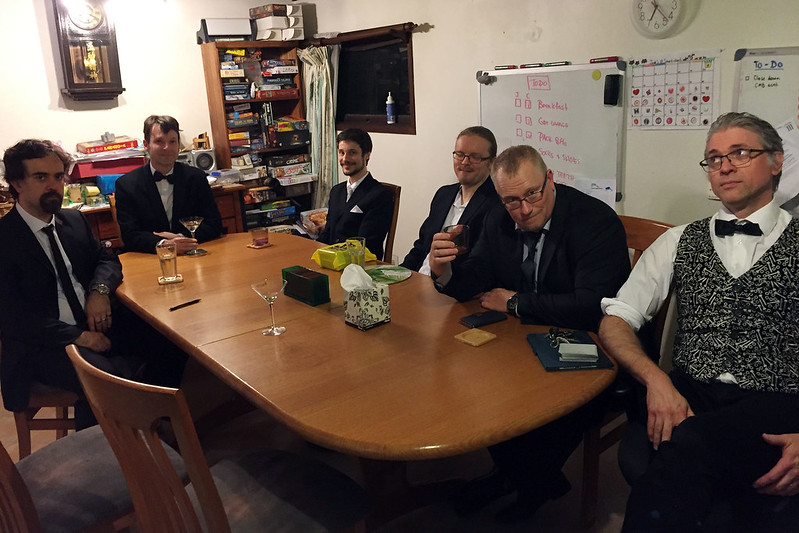Today was the first day of the latest ISO Photography Standards meeting. I was scheduled to host this meeting here in Sydney, with 30+ delegates form around the world travelling here to meet and discuss digital photography standards in progress. Of course, with COVID being what it is, travel to Australia is impossible, so we’re having the meeting entirely online.
With delegates in Australia, Japan, three European time zones, and all four US time zones, it’s impossible to organise a time when everyone would normally be awake. So instead of meeting full time for 3 days, we’re doing 5 days of 3.5 hours – so the people awake in the middle of the night don’t have to stay awake for too long. Fortunately for me this meeting starts at 8 am and ends at 11:30 am, and the Europeans have the worst of it.
We always start with administrative stuff, which took most of today’s time. There was a lot of discussion of planning for future meetings. Normally we plan up to two years ahead, setting venues for each of the three meetings a year. The next meeting after this one was scheduled for Okayama in Japan in June, but that’s been converted to virtual because of COVID. The one after, around October, is scheduled for Apple HQ in Cupertino, California. I don’t know if that will go ahead in Cupertino or be converted to virtual – but either way I won’t be going because I’m pretty sure travel out of and back into Australia will be either still impossible or difficult. I really don’t want to travel to a country where COVID may still be rampant, and then have to go into quarantine for 2 weeks when I get back home.
We’ve put off talking about 2022 in the last couple of meetings, but we have to think about it now. The February meeting is normally in Yokohama, to coincide with the CP+ camera show. It wasn’t this year, because it was Japan’s turn to host the ISO Photography plenary meeting – the Okayama meeting – which involves all of the various photography committees getting together in one place. (I’m on the digital committee, there are also committees for image permanence/archiving, and imaging material dimensions. Standards for chemical photography processes are maintained by these existing committees – there is no longer a separate committee on chemical photography.) Anyway, the plan is to go back to Yokohama in February 2022. But given the virtualisation of the Okoyama plenary, there is some discussion of having Japan host a face-to-face plenary in 2022, which would be mid-year again to align with the other committees. So the proposal is for Japan to host in Yokohama in Feb 2022, and again in a place to be determined (perhaps Okayama) in mid-2022. The Japanese sponsoring bodies need to decide if they want to host twice in one year or not, and report back. Finally, the Metropolitan Museum of Art has offered to host in New York City for the October 2022 meeting. All assuming physical meetings can go ahead in 2022, of course.
They asked me if I wanted to host in Sydney in 2022, given I was supposed to be hosting the current meeting. But I said I couldn’t be sure travel to Australia would even be allowed even in 2022, so I didn’t want to start organising a meeting here.
Following the admin, there was the first technical session of the meeting, which happened to be the one about which I know the least, and have the most trouble following the technical discussion. So I didn’t really participate in that. We finished for the day a bit early, just after 11:00.
I’d organised to play golf with my friend at the short pitch-and-putt course, meeting after lunch at 1 pm. I drove via my favourite pie shop and got lunch there. I had a really good game today, and after 15 holes my experienced friend and I were exactly even on total strokes. Previously I’d been playing against him with relative handicaps in the teens, but now here I was holding my own without a handicap. I even got a birdie on one hole! Unfortunately, I had a huge blow out on hole 16, needing 7 strokes. That ruined my chance of beating my friend, alas. But next time… maybe I can do a bit better again.
Back home, I was pondering an idea I’d had in discussion with another friend, about making a database of Magic: the Gathering cards, to use to automatically construct cubes of cards for use with our Goldfish Draft format. I was thinking how much work it was going to be, creating and populating a database with our lists of cards suitable for Goldfish Draft… and then I wondered if anyone had downloadable data files of Magic cards.
A quick search later and I found MTGJSON, a maintained database of every Magic card ever printed, downloadable in JSON format. Not only that, they also have an SQL export! So I grabbed the SQL file, created a new database, imported it…. and voilà! I had a fully populated database of Magic cards within about half an hour. It’s pretty cool when you think a task will take a long time, and you find a way to get it done much more quickly.
I still need to add fields for Goldfish-relevant data for each card, and then populate those, but it will be a much easier task with the core database already done. So: feeling very accomplished today!
New content today:




